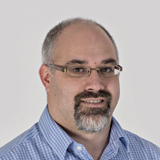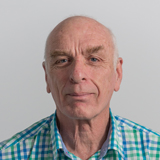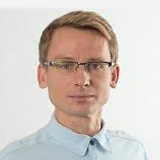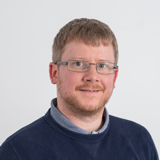Dispensing with dewetting
Mathematical modelling of microscale and nanoscale thin films improves manufacturing processes
Dewetting during the manufacture of electrical connections via inkjet printing can be prevented by the shape geometry of the surface: the ink likes having something to hold onto while it dries.
This solution to the problem was developed using mathematical modelling - as was the understanding of sputter deposited nanostructures, allowing us to help companies using these processes in their manufacturing to improve their product quality.
We have also identified ways to save resources and, thereby, reduce costs.
Image shows finite element modelling of hydrophobic droplet on structured surface
Our impact
Industrial application of our work
- Our research underpinned techniques developed by MSolv Ltd – enhancing their productivity, marketplace position and turnover.
- AGC Glass Europe have sponsored three PhD students to conduct this research into sputtering techniques to create low-e coatings on window glass.
The research
Ink can move significantly whilst it dries on non-porous surfaces, resulting in dewetting.
To study this phenomenon and reduce its incidence, we developed Kinetic Monte Carlo (KMC) models – complemented by Dynamical Density Functional Theory (DDFT) based modelling – to understand the ink drying behaviour.
Our results allowed us to advise MSolv Ltd on new strategies for manufacturing the inkjet-printed electrical connections used in solar cells and touch screens.
Low-emissivity coatings on window glass are created by depositing multilayer nanoscale thin films via magnetron sputtering. To refine the technique, we have developed a novel atomistic adaptive KMC (a-KMC) model to explore the deposition and diffusion of particles.
AGC Glass have sponsored three PhD students to conduct this research which will eventually reduce their production costs and enhance product quality.
The...collaboration with Loughborough University has significant impact on our business, providing much needed fundamental scientific underpinning for our manufacturing machine developments and has greatly broadened our capacity and knowledge.
Research funders
- Loughborough University
- EPSRC
- AGC Glass Europe
Development partners
- AGC Glass Europe
- M-Solv Ltd



